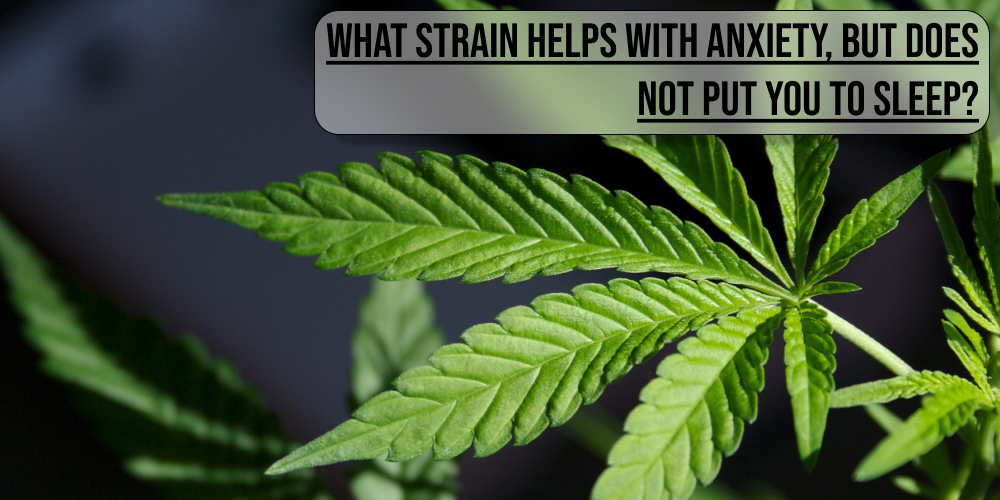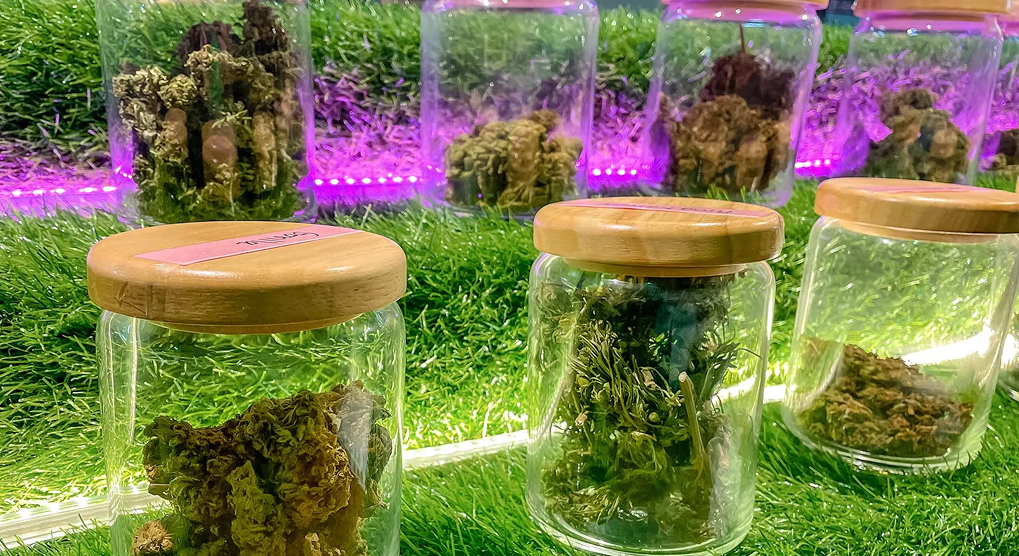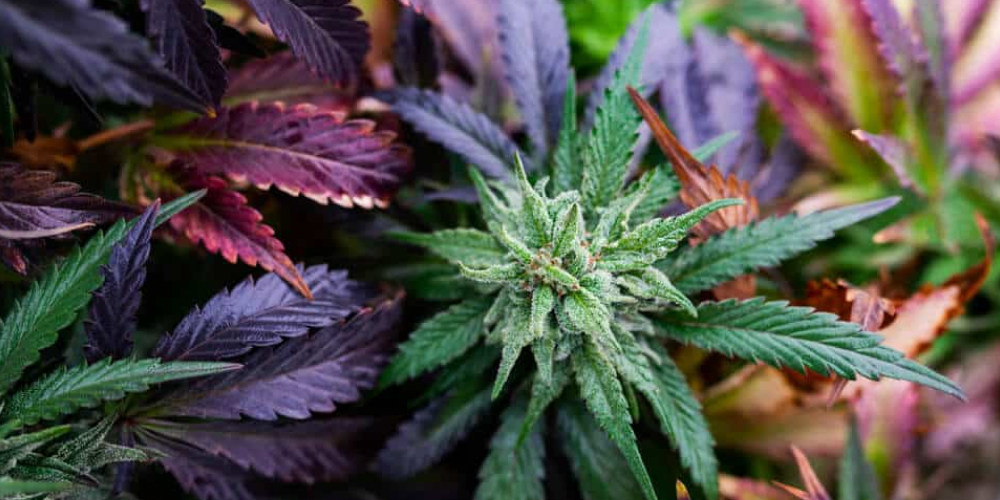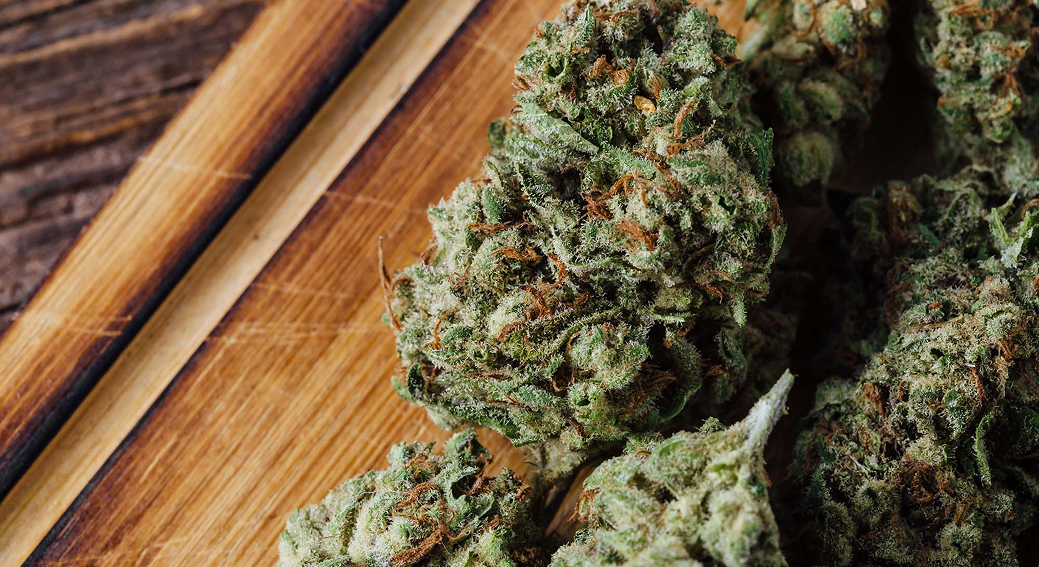Learn more about !
What strain helps with anxiety, but does not put you to sleep?

What strain helps with anxiety, but does not put you to sleep? Many individuals seek to alleviate anxiety while maintaining alertness and productivity. This can be a tricky balance to strike, as cannabis is renowned for its calming, and sometimes sedating, effects. However, thanks to the vast diversity of strains, finding one that eases nervous tension without turning you into a couch potato is entirely achievable. The secret lies in understanding the intricate interplay of cannabinoids and terpenes. Not all strains are created equal, and what works perfectly for one person might be entirely ineffective for another. That’s precisely why it’s crucial to delve into the specific characteristics of different cannabis varieties.
Choosing the right strain for anxiety relief without drowsiness demands a bit of research. Forget the outdated notion that all cannabis falls neatly into “indica for sleep” and “sativa for energy.” The reality is far more nuanced and fascinating. You’ll need to immerse yourself in the world of phytocannabinoids and aromatic compounds that ultimately shape the plant’s effects. Don’t simply grab the first “sativa” strain you see, as some can actually amplify anxiety in highly sensitive individuals. We’ll explore how to steer clear of common pitfalls and make an informed decision that delivers the desired calm without any unwanted side effects.
- Pinpoint your individual needs and sensitivity.
- Investigate the cannabinoid and terpene profiles of specific strains.
- Begin with a low dose and gradually increase it.

The Influence of Cannabinoids: THC and CBD
When discussing how cannabis impacts anxiety, two primary cannabinoids immediately come to mind: tetrahydrocannabinol (THC) and cannabidiol (CBD). THC is celebrated for its psychoactive properties and can be both relaxing and stimulating, depending on the dosage and individual tolerance. In high concentrations, it often leads to sedation or even paranoia, which is precisely what we’re trying to avoid. On the other hand, CBD is non-psychoactive and extensively researched for its anxiolytic (anxiety-reducing) properties. It can modulate THC’s effects, mitigating its potentially undesirable impacts.
The ideal strain for anxiety relief without making you sleepy often boasts a balanced ratio of THC to CBD, or even a predominance of CBD. Strains with very high THC and minimal CBD can be overly potent, causing the opposite of the desired effect by intensifying anxiety instead of quelling it. Imagine trying to put out a fire with gasoline – not a very smart move, right? CBD acts as THC’s “firefighter,” helping to temper its influence on the central nervous system. This is why CBD-rich strains are frequently recommended for newcomers or those seeking gentle yet effective relief without an overwhelming “high.”
- Look for strains with high CBD content or a balanced THC:CBD ratio.
- Avoid strains with very high THC if you’re prone to anxiety.
- Remember that everyone reacts differently.
The Critical Role of Terpenes in Managing Anxiety
Beyond cannabinoids, terpenes play an equally vital role in shaping the overall effects of cannabis. These aromatic compounds give plants their distinctive scents and flavors. Terpenes are responsible for the “entourage effect,” where various components of the plant work synergistically, enhancing or modifying each other’s actions. Certain terpenes, such as limonene, linalool, and myrcene, are particularly interesting in the context of anxiety relief. For instance, limonene, commonly found in citrus, is known for its mood-lifting and antidepressant qualities, while linalool, present in lavender, offers calming and relaxing effects.
Myrcene, which imparts a musky, earthy aroma to cannabis, can also amplify the sedating effects of THC, so its concentration is an important consideration. If your goal is to avoid drowsiness, strains with lower myrcene levels or those dominated by other, more stimulating terpenes will be more suitable. Don’t underestimate these tiny aromatic molecules; they are the true conductors of the cannabis symphony.
Selecting a strain based on its specific terpene profile can be as, if not more, significant than simply looking at the THC to CBD ratio. It’s like choosing a car not just for its model, but for its specific engine and suspension characteristics to perfectly suit your driving needs. So, what strain helps with anxiety, but does not put you to sleep? The terpene profile is key!
- Pay attention to terpenes like limonene and linalool for anxiety relief.
- Avoid strains with high myrcene if you want to stay awake.
- Explore terpene profiles to find your ideal combination.

Recommended Cannabis Strains for Anxiety Relief Without Sedation
So, which strains should you consider? Primarily, look for hybrids or sativas with a higher CBD content and moderate THC. While classic sativa strains like Sour Diesel can be invigorating, some find them too stimulating. Instead, consider balanced options like Blue Dream, a popular hybrid known for its gentle euphoria and full-body relaxation without heavy sedation. It’s often praised for its ability to calm the mind while keeping you focused and creative. Many users find it a perfect answer to what strain helps with anxiety, but does not put you to sleep due to its balanced effects.
Another excellent choice for managing anxiety without strong sedative effects is Durban Poison. This pure sativa is renowned for its uplifting and energizing qualities, providing a clear-headed high that can alleviate stress and anxiety without making you feel tired. It’s often chosen by those looking for a boost in mood and focus during the day. Remember, the goal is to find a strain that allows for functionality and clear thought. These strains offer a great starting point for those asking what strain helps with anxiety, but does not put you to sleep and desires an active, less sedating experience.
- Blue Dream: A balanced hybrid, offering gentle euphoria and relaxation without heavy sedation.
- Durban Poison: A pure sativa known for its uplifting and clear-headed effects, ideal for daytime use.
- Explore other CBD-rich or balanced hybrids as potential candidates.
Avoiding Common Mistakes in Strain Selection and Use
One of the most frequent errors is believing that “more is better.” When it comes to cannabis, especially for anxiety relief, the opposite is often true. Too high a dose, especially of THC, can not only intensify anxiety but also trigger paranoia, dizziness, and even panic attacks. Always start with a minimal dose and give it ample time to take effect. If you don’t feel the desired benefits, you can slowly increase the dosage, but never rush the process. Remember: you can always add more, but you can’t take it away. It’s like trying to put toothpaste back into the tube – practically impossible.
Another common mistake is overlooking the method of consumption. Smoking or vaping offers a rapid onset of effects, allowing for better control over dosing. Edibles, however, take much longer to kick in and are less predictable, as cannabinoids are metabolized in the liver, creating more potent and long-lasting compounds. This can be too risky if you’re unfamiliar with your body’s reaction to a specific strain. It’s also crucial to consider individual body chemistry: metabolism, weight, and previous cannabis experience all play a role. What works for your friend might not work for you, especially when asking what strain helps with anxiety, but does not put you to sleep.
- Start with the lowest dose and increase it gradually.
- Prefer smoking or vaping for better dose control.
- Pay close attention to your body’s reaction and don’t compare yourself to others.

Understanding Your Individual Response to Cannabis
Every person is unique, and this holds true for how your body reacts to cannabis. Many factors influence your experience: genetics, metabolism, current mental state, and even what you ate before consumption. What for one person is a relaxing, euphoric state might turn into a panic attack for another. This is precisely why it’s so important to listen to your body and start small. It’s not a lottery where you just pull a winning ticket; it’s more like an individual calibration that demands patience and awareness. Remember, your goal isn’t to “blast off into space” but to find a comfortable state of calm. This helps clarify what strain helps with anxiety, but does not put you to sleep.
Some individuals have a heightened sensitivity to THC, making them more susceptible to its anxiety-provoking side effects. In such cases, CBD-rich strains become a true lifesaver, as CBD can temper THC’s effects, making them more manageable. If you’re prone to anxiety, it might be wise to avoid strains known for their “powerful highs,” even if they’re touted as “mood-lifting.” Sometimes, the “lift” can be a bit too steep. It’s better to move slowly and steadily than to accidentally drive off a cliff you weren’t prepared for.
- Be aware that individual responses to cannabis vary widely.
- If you’re sensitive to THC, prioritize CBD-dominant strains for what strain helps with anxiety, but does not put you to sleep.
- Keep a journal to track your body’s reaction to different strains.
Does THCA work like regular THC?
Horchata Strain Review – Taste and Uses
Top 8 Thca Flower Strain in San Antonio
Additional Factors Influencing the Cannabis Experience
Beyond the composition of the cannabis itself, other elements can significantly shape your experience. One key factor is set and setting. If you’re in a stressful situation or an unfamiliar environment, the effects of cannabis might be less predictable and potentially more anxiety-inducing. Ideally, consume cannabis in a calm, familiar setting where you feel safe and relaxed. It’s like choosing the right soundtrack for a movie: inappropriate music can ruin even a masterpiece.
Another crucial aspect is tolerance. If you use cannabis regularly, your body will gradually adapt, and you might require a higher dose to achieve the same effect. However, when it comes to anxiety relief without drowsiness, increased tolerance can be both an advantage (fewer psychoactive effects) and a disadvantage (needing more for the therapeutic effect). Sometimes, a short break can be beneficial to “reset” your system. Also, consider interactions with other substances or medications you might be taking. Always consult with a healthcare professional if you have concerns. These factors are vital when considering what strain helps with anxiety, but does not put you to sleep.
- Consume cannabis in a calm and familiar environment.
- Consider your tolerance and the possibility of taking a break.
- Consult a healthcare professional if you are taking other medications.
Conclusion: Finding Your Perfect Balance
The quest for the ideal cannabis strain for anxiety relief without making you sleepy is an exciting journey that demands attentiveness and self-observation. There’s no one-size-fits-all solution, but armed with knowledge about cannabinoids, terpenes, and your own body, you can make informed choices. Remember, the goal is to find balance: sufficient anxiety relief without sacrificing mental clarity and energy. It’s not about “tuning out” from your problems, but about effectively managing them while remaining a fully functioning individual. After all, who wants to miss all the fun by falling asleep on the couch?
Start with small doses, experiment with various strains, paying close attention to their composition and how your body reacts. Don’t be afraid to ask questions and seek out information. Cannabis isn’t a magic pill, but it’s a powerful tool that, when used correctly, can significantly improve your quality of life. Patience and mindfulness are your best allies in this process. And remember, if you suddenly find yourself giggling at a dust bunny on the floor, you’ve probably had a bit too much THC. Next time, try something with a bit more CBD! When you ask what strain helps with anxiety, but does not put you to sleep, the answer lies in thoughtful exploration.

OPEN
What are the main types of cannabis, and how do they affect anxiety and sleep?
Traditionally, cannabis is categorized into indica, sativa, and hybrid. Indicas are generally associated with relaxation and sedation, often leading to what’s known as “couch-lock,” making them less ideal if you want to avoid sleep. Sativas are typically more uplifting and energizing, but some can be overstimulating and potentially worsen anxiety for sensitive individuals. Hybrids offer a blend of both, providing a more balanced effect. When searching for what strain helps with anxiety, but does not put you to sleep, you’ll often find answers within certain hybrid or CBD-dominant sativa varieties.
Can high-THC strains make anxiety worse, and what role does CBD play?
Yes, for many people, high-THC strains can indeed exacerbate anxiety, leading to feelings of paranoia, increased heart rate, and heightened stress. This is because THC, while therapeutic in moderate doses, can be overwhelming in high concentrations. CBD, on the other hand, is non-intoxicating and is known for its anxiolytic properties. It can counteract some of THC’s psychoactive effects, making the overall experience smoother and less likely to induce anxiety. Therefore, strains with a balanced THC:CBD ratio or a higher CBD content are generally preferred when the goal is to alleviate anxiety without causing drowsiness.
How do terpenes influence the effects of a cannabis strain on anxiety and alertness?
Terpenes are aromatic compounds found in cannabis that contribute to its unique scent and flavor profile, but they also play a significant role in modulating its effects through the “entourage effect.” For anxiety relief without sleepiness, specific terpenes are beneficial. Limonene, found in citrus, can be uplifting and mood-enhancing, while linalool, present in lavender, offers calming properties. Myrcene, often associated with a sedative effect, should be present in lower concentrations if you want to stay alert. Understanding a strain’s terpene profile is crucial for fine-tuning its effects to meet your specific needs.
What specific strains are often recommended for anxiety without drowsiness?
Several strains are frequently recommended for their ability to calm anxiety without leading to excessive sedation. Harlequin is a popular CBD-dominant choice, known for its clear-headed effects and anxiolytic properties. Cannatonic is another excellent option with high CBD and low THC, providing relaxation without a strong high. ACDC is also a great contender, offering a balanced cannabinoid profile that helps manage anxiety while allowing you to remain functional. These strains are often cited when discussing what strain helps with anxiety, but does not put you to sleep due to their favorable cannabinoid and terpene profiles.
What are important consumption tips to consider when using cannabis for anxiety relief and staying awake?
To effectively use cannabis for anxiety without inducing sleepiness, start with a very low dose and increase it gradually until you find your optimal level. This “start low, go slow” approach helps prevent overconsumption, which can lead to unwanted sedative or anxiety-provoking effects. Consider your consumption method: vaping or smoking offers a quicker onset, allowing for better dose control, whereas edibles have a delayed and more prolonged effect. Additionally, pay attention to your environment and mental state; a calm, comfortable setting can enhance the positive effects and minimize potential anxiety.





